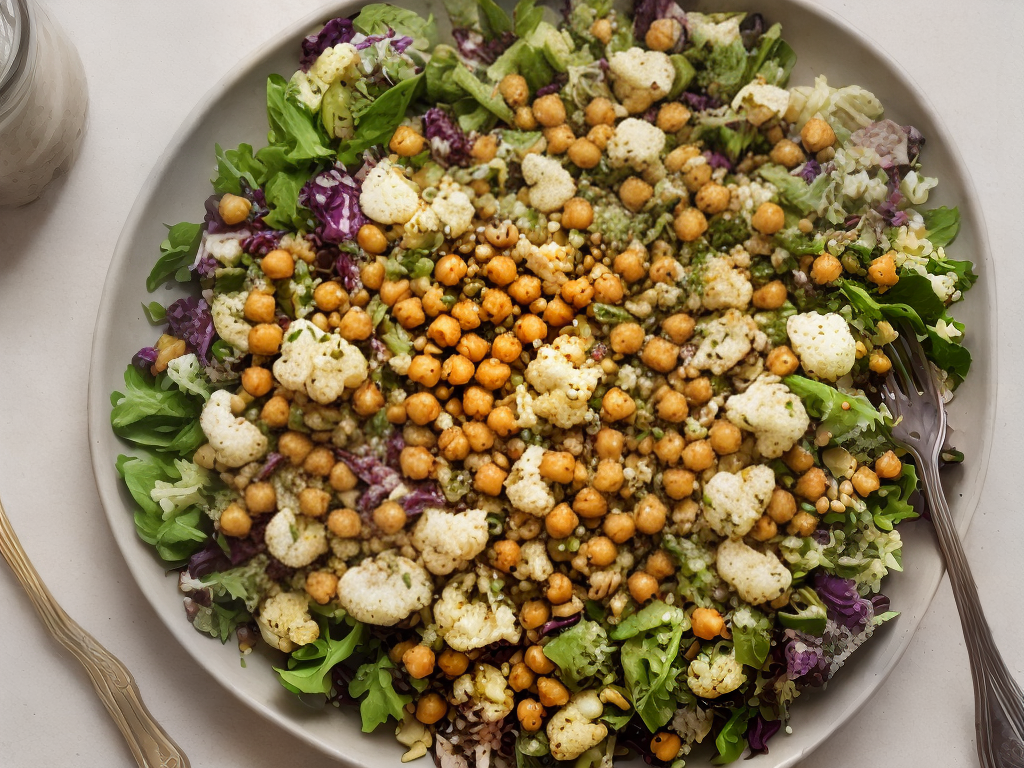
Keeping your food fresh and healthy is important. But how do you do that? There are 3 tips that will help you store food better.
Store foods in the coldest spot in your fridge
Choosing the right spot to store food in your fridge is key to extending its shelf life. By knowing where the coldest and warmest spots are in your fridge, you can maximize the shelf life of your ingredients.
Temperature-sensitive foods should be stored in the coldest spot. This slows down the growth of bacteria, pathogens, and spoilage. However, there are times when you may want to keep food in an area that is a bit warmer. For example, if you are using a crisper drawer in your refrigerator, you may want to store foods like fruits and vegetables that are sensitive to cold.
For foods that don’t need cooking, such as deli meats, cheese, and leftover pizza, the upper shelves of your fridge are ideal. You can store them easily, and the shelves don’t need to be stacked. They are also perfect for grab-and-go items.
Condiments are also a good choice for storing in your refrigerator. They contain preservatives, which will help to keep them fresh. However, condiments do not do well in the coldest part of your fridge. They are also best stored in the refrigerator door.
The best place to store foods in your fridge is in airtight containers. The best way to do this is by wrapping foods in foil. This ensures that no air is circulated, and also prevents any leaks.
To help keep foods fresh longer, you should clean your refrigerator at least once a week. This will help to reduce food waste. You can also use a refrigerator thermometer to verify that the temperature is set correctly.
If you are unsure about where to store foods in your fridge, you can take a look at the guidelines issued by the Food Standards Agency. You can also check out Innit, a startup that uses data to help people cook better.
Store foods in an airtight container
Using an airtight container for storage is an excellent way to prevent foods from spoiling. It can also help extend the life of spices.
The first step in storing foods in an airtight container is to choose the right one. If you are storing foods for a long time, you may want to invest in a large, heavy-duty container. Plastic containers are ideal for this type of storage because they are durable and can be reused many times.
If you are looking for a smaller, more compact container, you can choose a snack container. This is a good choice for those who are on a budget. The snack container has built-in handles, making it easy to transport foods. It also comes with removable dividers for storage flexibility. The snack container can be placed in the refrigerator or freezer.
If you are storing foods for a long time, you may want to consider a set of glass food storage containers. They are great for countertop food storage, and are BPA free. The glass containers are non-porous, so they won’t stain. They are also oven safe.
The food storage containers available today are made from a variety of materials, such as glass, plastic, and stoneware. They come in different sizes, shapes, and prices. The glass containers are usually more expensive, but they are resistant to staining. They are also heavier and more durable. The plastic containers are usually less expensive, but they are more lightweight.
The most important thing to consider when storing foods in an airtight container is to choose a good quality product. The materials used to make the container can affect the quality of the food. Choosing a product that is made of premium materials is the best way to ensure that you get the best quality product.
Avoid canned foods that are made with BPA
Fortunately, most canned foods are now made with BPA-free can liners. These linings create a barrier between the food and can, reducing corrosion and metal leaching.
The FDA is pursuing new efforts to limit BPA’s contact with food. The agency has directed industry to replace BPA-based can linings for liquid baby formula with safer alternatives.
A recent review showed strong evidence that early life BPA exposures are linked to disrupted neurodevelopment and altered behavior. Studies found a link between BPA and asthma in children.
In the United States, nearly all Americans have measureable BPA levels in their bodies. While most people have minimal exposures, high levels may be even more toxic. For example, researchers found a 10-fold increase in BPA concentrations in the urine of Harvard students who drank canned soup every day.
Although most canned foods are now BPA-free, some companies are still using cans with BPA-based linings. Regardless of the company, you should do your homework and shop around for products without BPA.
You can also use fresh or frozen produce instead of canned. The best way to avoid BPA is to buy glass jars and containers for storing food.
You can also ask companies directly about chemicals. Some companies report that they are making progress in phasing out BPA-based cans. However, they have been inconsistent about the extent of their efforts and the BPA-free products they are selling.
To learn more about companies selling canned foods, check out the EWG’s Food Scores. The website keeps a list of the companies that offer canned foods that are BPA-free. You can also browse the company’s website to find out what other products they sell.
The website regularly updates its list of non-BPA products. Some companies also provide information about alternative can liners.
Freeze-dried and dehydrated foods
Whether you are looking for a safe way to store food for a longer period of time or just need to prepare a few meals quickly, freeze-dried and dehydrated foods can help you. These foods are easy to store and can be prepared in a matter of minutes.
Foods that can be freeze-dried include meats, fruits, vegetables and dairy products. They are often used in preparation for emergency situations such as a natural disaster or pandemic. These foods can also be used in a variety of recipes.
When dehydrating, the main goal is to remove as much moisture from the food as possible. Moisture causes the food to break down and grow mold. To remove moisture, dehydrating methods typically involve heat evaporation.
Dehydrated foods can be stored for several years at a time. However, there are several factors that can reduce the shelf life of foods stored at home.
Freeze-dried and dehydrated foods can be stored in airtight jars, cans or plastic bags. Using the right type of container is important. Mylar bags are ideal for long-term storage of dehydrated goods. They are easy to vacuum seal and don’t rip or puncture. They also provide oxygen absorbers for improved storage and shelf life.
You can find freeze-dried foods at most grocery stores. You can also buy products in the freezer section of your local party store. The price is typically $1 per pound.
Freeze-drying is a relatively new method of food preservation. It is effective at removing 98-99 percent of moisture from the food. It also preserves the food’s nutritional value.
Although freeze-drying and dehydrating techniques have improved over the years, it’s important to store foods properly to ensure a long shelf life. The temperature and humidity of the storage area will also affect the shelf life.




